
The next time you pick up a book, you might want to pause and think about the work that has gone into producing it – and not just from the authors.

The next time you pick up a book, you might want to pause and think about the work that has gone into producing it – and not just from the authors.
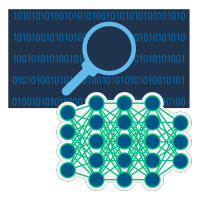
By 2020, 50% of organizations will lack sufficient AI and data literacy skills to achieve business value. – Gartner What is data literacy? Data literacy is the ability to read, work with, analyze, and argue with data. – Wikipedia Data literacy is the ability to derive meaningful information from data,
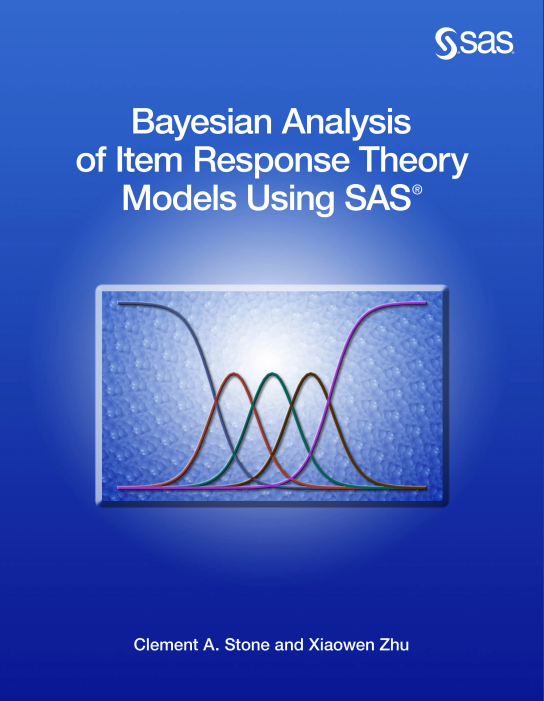
What is Item Response Theory? Item Response Theory (IRT) is a way to analyze responses to tests or questionnaires with the goal of improving measurement accuracy and reliability. A common application is in testing a student’s ability or knowledge. Today, all major psychological and educational tests are built using IRT.

Imagine a world where satisfying human-computer dialogues exist. With the resurgence of interest in natural language processing (NLP) and understanding (NLU) – that day may not be far off. In order to provide more satisfying interactions with machines, researchers are designing smart systems that use artificial intelligence (AI) to develop

Natural language understanding (NLU) is a subfield of natural language processing (NLP) that enables machine reading comprehension. While both understand human language, NLU goes beyond the structural understanding of language to interpret intent, resolve context and word ambiguity, and even generate human language on its own. NLU is designed for

Structuring a highly unstructured data source Human language is astoundingly complex and diverse. We express ourselves in infinite ways. It can be very difficult to model and extract meaning from both written and spoken language. Usually the most meaningful analysis uses a number of techniques. While supervised and unsupervised learning,

In a move to combat "stataphobia" and foster excellence in statistics in developing countries, SAS Press last month donated 70 SAS Press titles to the Serageldin Research Library at the Library of Alexandria in Egypt. The library’s mission is to achieve statistical equity so that a student in Chad has

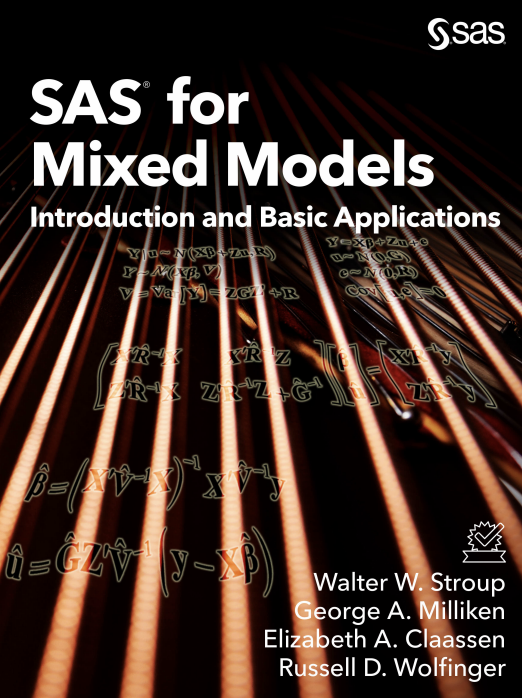
SAS for Mixed Models: Introduction to Basic Applications takes you step-by-step through the journey of creating models, enabling you to transform scores of data into actionable insights.
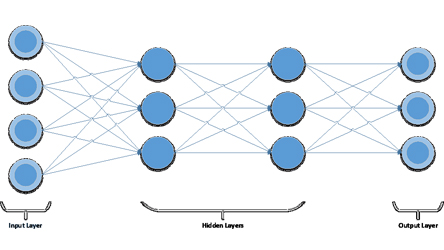
Deep learning (DL) is a subset of neural networks, which have been around since the 1960’s. Computing resources and the need for a lot of data during training were the crippling factor for neural networks. But with the growing availability of computing resources such as multi-core machines, graphics processing units
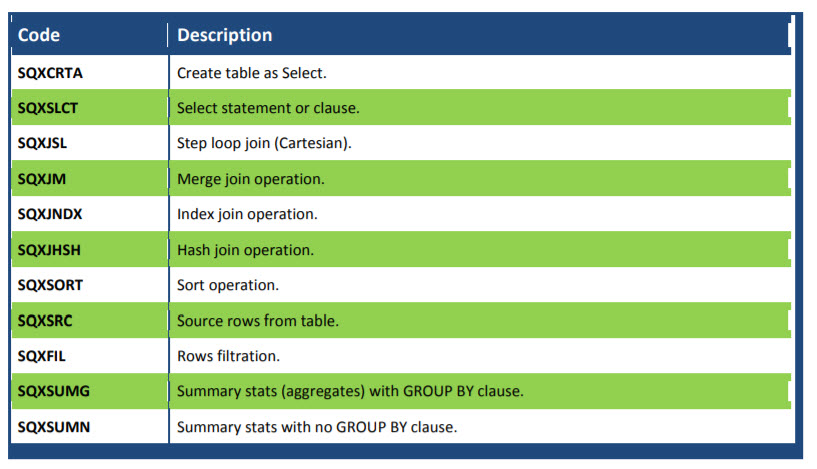
SAS Press author Kirk Paul Lafler's favorite tips using PROC SQL.

This blog post highlights more SAS Global Forum papers chosen by SAS Press authors.

Three bestselling SAS Press authors feature their favorite papers from SAS Global Forum 2018.

The Base SAS DATA step has been a powerful tool for many years for SAS programmers. But as data sets grow and programmers work with massively parallel processing (MPP) computing environments such as Teradata, Hadoop or the SAS High-Performance Analytics grid, the data step remains stubbornly single-threaded. Welcome DS2 –

In this blog post you'll find out the top 10 bestselling titles at SAS Global Forum 2018.
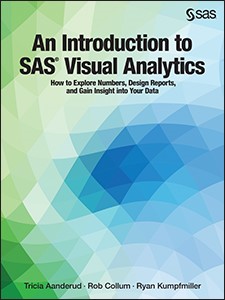
At SAS we use data to accomplish many of our everyday tasks. At SAS Books, we have now even used data to create a data-driven book, An Introduction to SAS Visual Analytics.

Start off the New Year by brushing up your SAS programming skills! Begin your goal to become SAS certified or explore these New SAS books and other SAS Press titles, many of which will be making their bookshelf debut at SAS® Global Forum 2018 in Denver, CO! Want to be notified when a new book
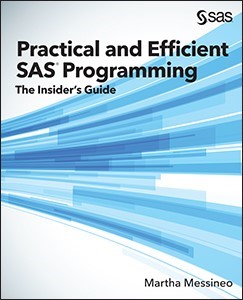
Summer is here, which means vacations and time at the pool with a good book. If expanding your knowledge is a goal of yours this summer, SAS has a shelf full of new titles becoming available over the next few months. From new editions of classics – such as SAS® for Forecasting

Editor's note: This series of blogs addresses the questions we are most frequently asked at SAS Press! It worth spending some time on this. Arguably, this is one of the most important parts of the book. The table of contents and outline provide the blue print of your book –

Editor's note: This series of blogs addresses the questions we are most frequently asked at SAS Press! In our last post about how to write a good outline, we discussed the importance of developing an outline for your proposed SAS Press book and gave some tips on how to do

Jared Cohen, President of Jigsaw, formerly Google Ideas, and Chief Advisor to Alphabet Executive Chairman (former Google CEO) Eric Schmidt, presented a very interesting keynote at Analytics Experience this month. In it he mentioned the idea of a ‘digital self’. He explained most people have not one but numerous digital
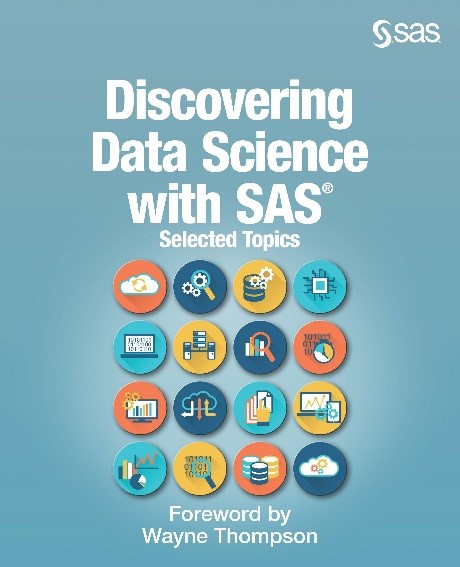
Data science may be a difficult term to define, but data scientists are definitely in great demand! Wayne Thompson, Senior Product Manager at SAS, defines data science as a broad field that entails applying domain knowledge and machine learning to extract insights from complex and often dark data. To further
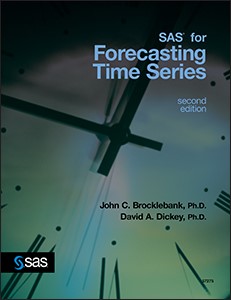
In the spirit of our “40 and forward” theme to celebrate 40 years of SAS, this blog focuses on David Dickey, an accomplished SAS user since 1974 and a SAS instructor since 1981. He actually co-wrote the original Time Series SAS course in 1981, and helped with the most recent

As the excitement of SAS Global Forum begins to die down and we dust off our sequins for another year, it’s time to get back behind the desk. This year at SAS Global Forum we hosted a "Top Tips from Your Favorite SAS Press Authors" lunch where we asked three or four

Did you know one of the attendees' favorite events at SAS Global Forum is to meet our bestselling authors? This year at SAS Global Forum 2016 we are planning a "Top Tips from Your Favorite SAS Press Authors" lunch where we will ask 3 or 4 authors to present a top tip

What do you think is the most important new feature in SAS/STAT? Well it depends! In this video, SAS developers talk about their new work and which customers will be excited about it and why. Healthcare professionals may lean toward the new rare events control charts in QC, which allows
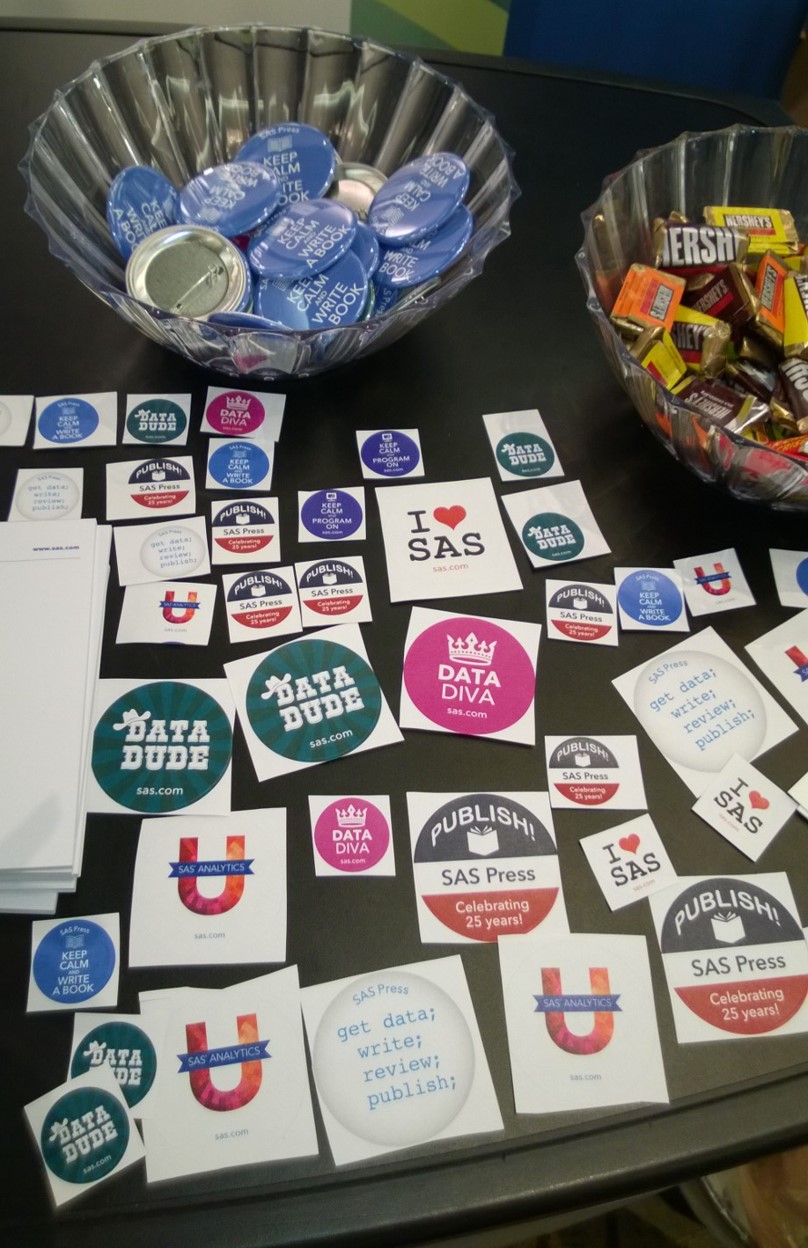
Bill Benjamin’s bestseller, Exchanging Data between SAS and Microsoft Excel: Tips and Techniques to Transfer and Manage Data More Efficiently, was pipped at the post as he narrowly missed the top spot to Implementing CDISC Using SAS: An End-to-End Guide, at last month’s PharmaSUG 2015 meeting in Orlando -- by one
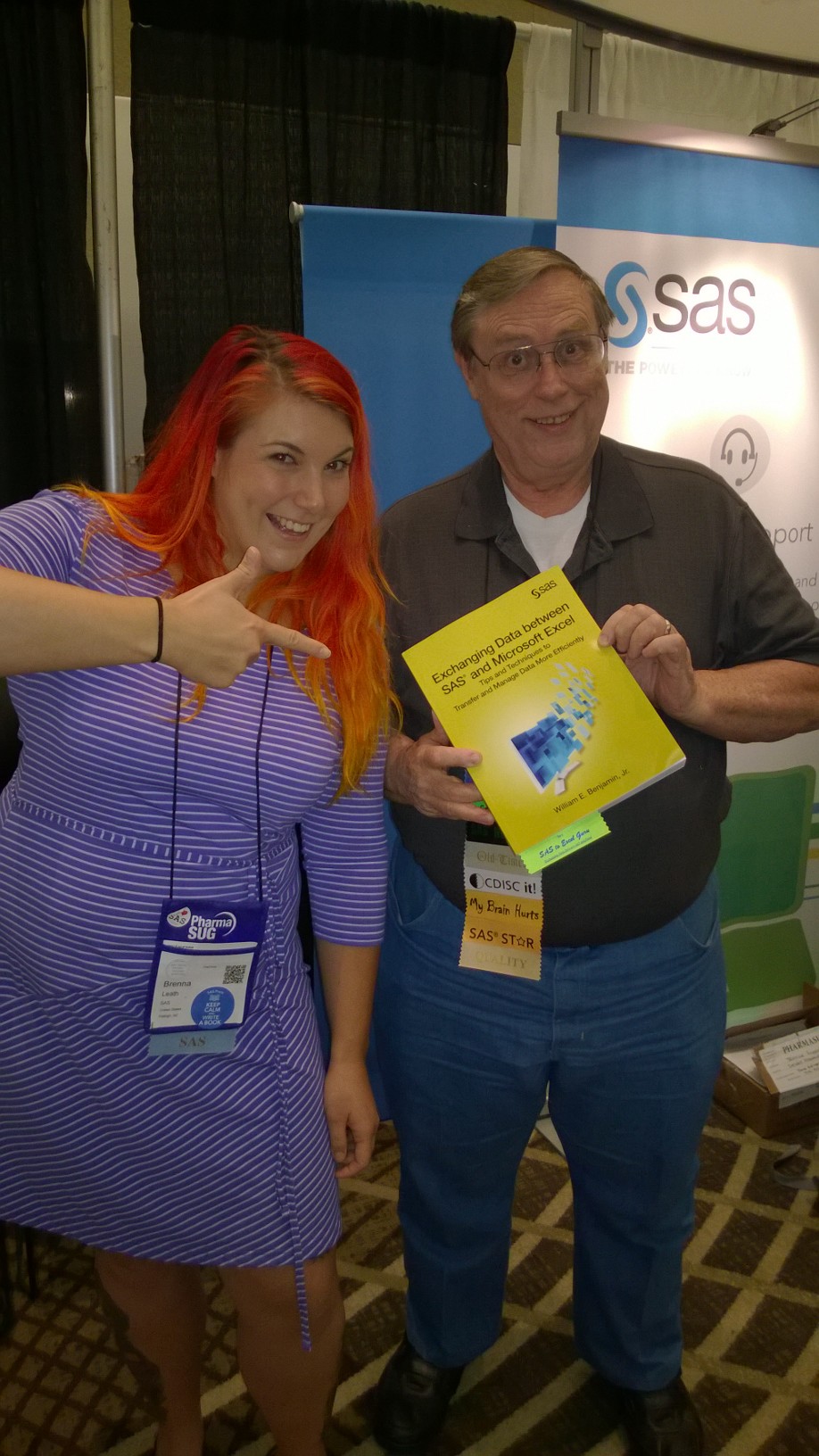
The final figures are in! This year there was a fierce battle for the top spot of the SAS Global Forum 2015 books bestseller list. In a nail biting finish, newcomer, Exchanging Data between SAS and Microsoft Excel: Tips and Techniques to Transfer and Manage Data More Efficiently, beat off

Many of our authors often ask us where they can find real data that they can use without copyright or other confidentiality issues. Instructors too are always on the look-out for real-life data. Well, thanks to a new initiative supported by SAS, you can now access data from more than

I’m headed to Orlando, May 17- 20, for the annual PharmaSUG conference. PharmaSUG is the Pharmaceutical Industry SAS Users Group, consisting of professionals worldwide in the pharmaceutical and healthcare industries who use SAS software in their work. I will be at the SAS Publications booth in the demo room and